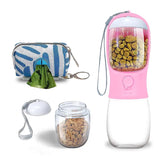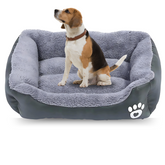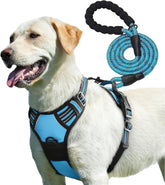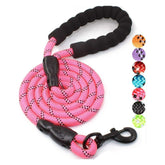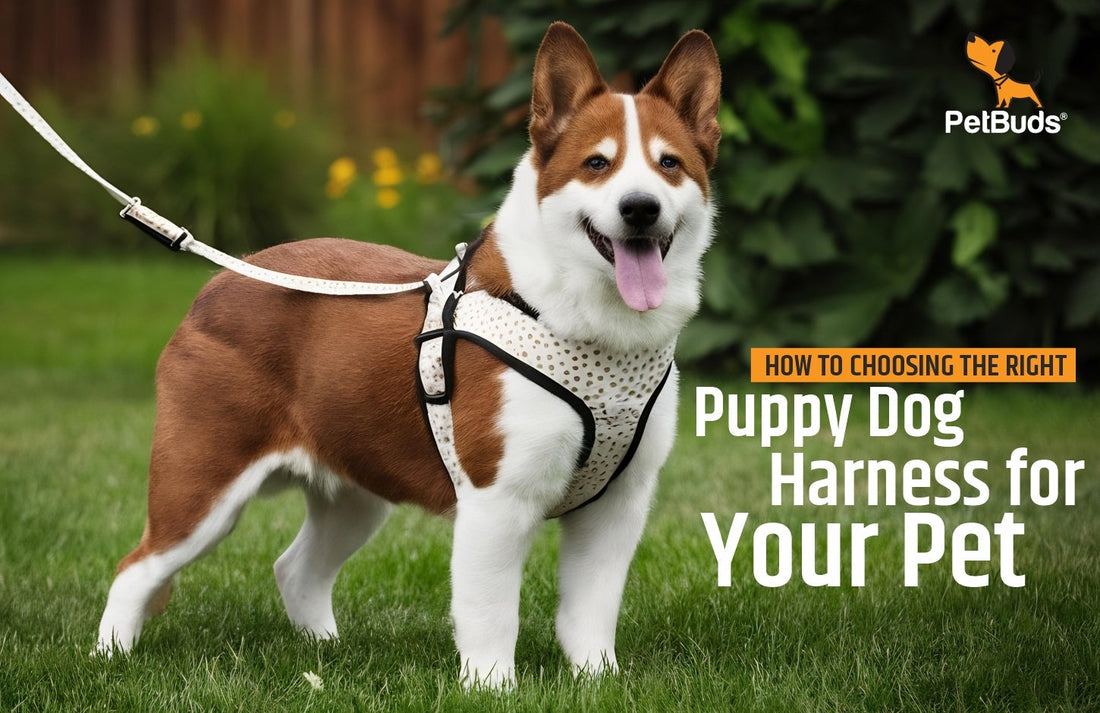We, pet parents, wish we could go on a walk with our furry friend without a leash, right? But, no, that is like inviting a whole tornado in front of your eyes. A proper puppy dog harness is important to make sure they look adorable, safe, and in your control.
However, collars are now a traditional thing, and harnesses are becoming a new, better option, especially for active and grown-up dogs. Dog harnesses help in distributing the pressure from the neck to the other parts of the body, helping in avoiding the risk of choking.
This guide will help you pick the perfect harness for your dog, whether they are a mellow explorer sniffing every blade of grass or a little ball of fluff chasing butterflies. The harness should convey, "I look good too, but I'm also not going to choke you."
Why Use a Puppy Dog Harness Instead of a Collar?
Puppies are adorable — but they’re also tiny balls of energy who squirm, pull, and dash like they’re training for a sled race. Using just a collar can put pressure on their delicate necks, risking choking or breathing issues.
That’s why a puppy dog harness is a smarter choice. It gives you better control, spreads pressure safely across their body, and is especially great for small or flat-faced breeds like Pugs and Bulldogs. Plus, it makes leash training gentler for both of you.
Types of Puppy Dog Harnesses
Picking a harness isn't a one-size-fits-all deal. Here’s a quick breakdown of the common styles:
a. Back-Clip Harness
Ideal for quiet or little pups. The D-ring for the leash is located at the back of these harnesses, providing a simple, hassle-free experience. Excellent for indoor use or leisurely walks.
b. Front-Clip Harness
It is perfect for training since the leash clip, which is on the chest, helps reroute your puppy's movement when they tug. Start here if your dog treats every walk as a competition.
c. Dual-Clip Harness
You get both front and back clips for flexibility. You can use the front clip for training and the back clip for laid-back walks. This harness is great for growing pups or first-time dog parents who aren't sure what will work.
d. Step-In Harnesses vs. Overhead Harnesses
Step-in harnesses have benefits for puppies who dislike putting anything over their head, while an overhead harness will usually offer more security and a close fit. Your puppy's temperament and tolerance to wriggling may determine which option is better.
Key Factors to Consider When Choosing a Dog Harness
Choosing the right dog harness is like picking a comfy pair of shoes. Here's what to look for:
a. Size and Fit
Use a soft tape measure to measure your puppy’s chest girth and neck size. If it's too tight, it's uncomfortable for the puppy. If too loose, he/she could escape like Houdini. Look for harnesses that have adjustable straps that can grow with your puppy.
b. Material and Durability
For everyday use, look for breathable mesh or soft nylon. If your puppy is a chewer or is going to be dabbling in mud puddles, look for harnesses that are durable and weather-resistant for their rougher behavior.
c. Comfort and Padding
A harness with padding and no rough edges will alleviate chafing. Some puppies will be much more comfortable in a harness that is soft-lined, as puppies can sometimes have sensitive skin.
d. Safety Features
Always look for reflective strips for nighttime walking and D-rings that are secure, and enjoy using a compromise harness with buckles or clips(not both). All contribute to the ease of walking your puppy any time of the day or night.
e. Ease of Use
Velcro is quick but noisy. Buckles are secure but can take longer. Do what is easier for you and your little furry tornado.
Breed and Activity-Specific Needs
- Small breeds: For breeds of Yorkies, Chihuahuas, and other small dogs, you can choose snug, light dog harnesses that won't be too heavy for their small bodies.
- For medium-sized breeds: Cocker Spaniels are medium-sized dogs that can be in control with harnesses that can strike a balance of both comfort and control.
- Active Dogs: Look for durable harnesses that have a polypropylene webbing that is secure, comes with two clips, and is weather-resistant.
- Dogs that pull: A front-clip or a no-pull harness can help make outdoor walks more enjoyable.
Top Mistakes to Avoid
- Skipping the measurements and guessing the size.
- Choosing a harness just because it’s cute (form follows function!).
- Ignoring whether the harness is adjustable.
- Not checking how your puppy reacts, a harness should feel like a hug, not a punishment.
Training Your Puppy to Wear a Harness
Your puppy might think the harness is a chew toy at first, and that’s normal! Here’s how to make the transition easier:
- First, make sure to use dog harnesses indoors. Allow your dog to get habitual to it.
- The next step is to put a puppy dog harness on for shorter durations. Once they get comfort in a short duration, extend the time.
- Use words like good boy or praise them with treats to show that wearing a harness is associated with treats and love from you.
- Start taking your puppy for short walks. Don’t pull or force it.
Conclusion
A puppy dog harness is a cute accessory for your dog walks, but it's much more than just an accessory; it is a key piece of equipment that will allow your dog to be safe, comfortable, and confident as they learn how to walk on a leash. A good harness will help relieve the pressure off the neck, help with training, and minimize any chances of an accident when dogs are especially pulling.
Thus, take your time. Find a harness that fits your puppy's body and personality by grabbing a measuring tape and possibly some rewards. A tiny action has a significant impact.




